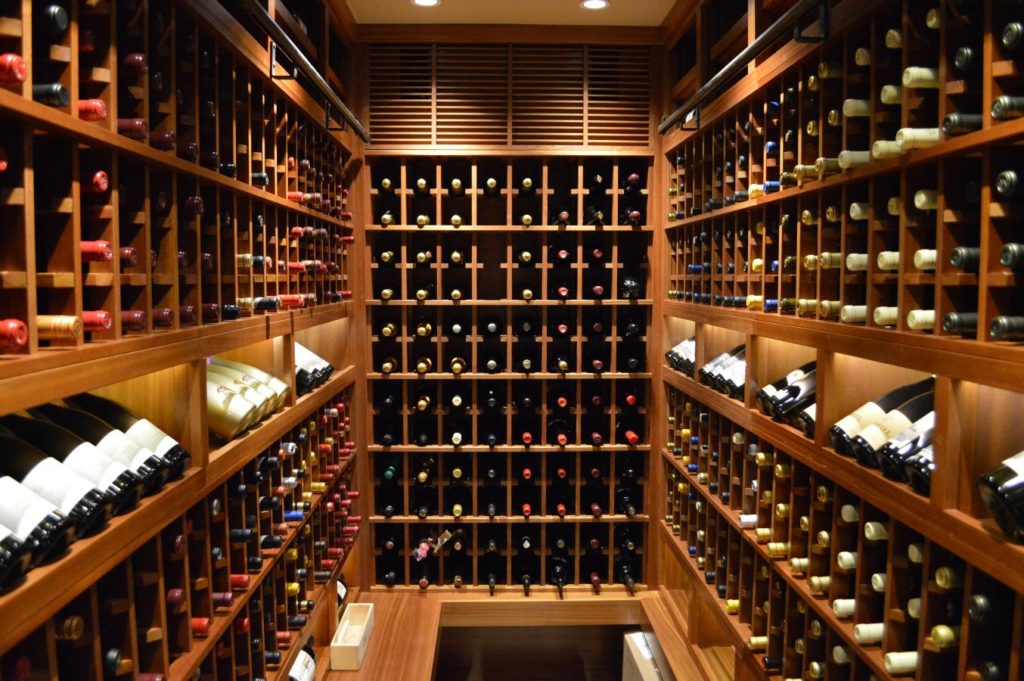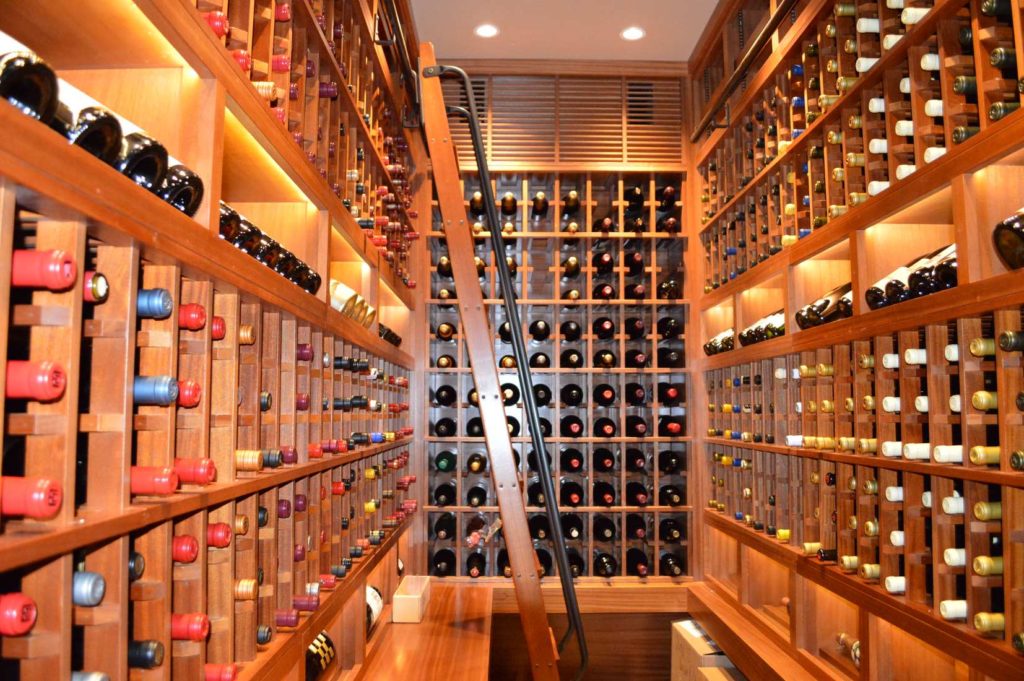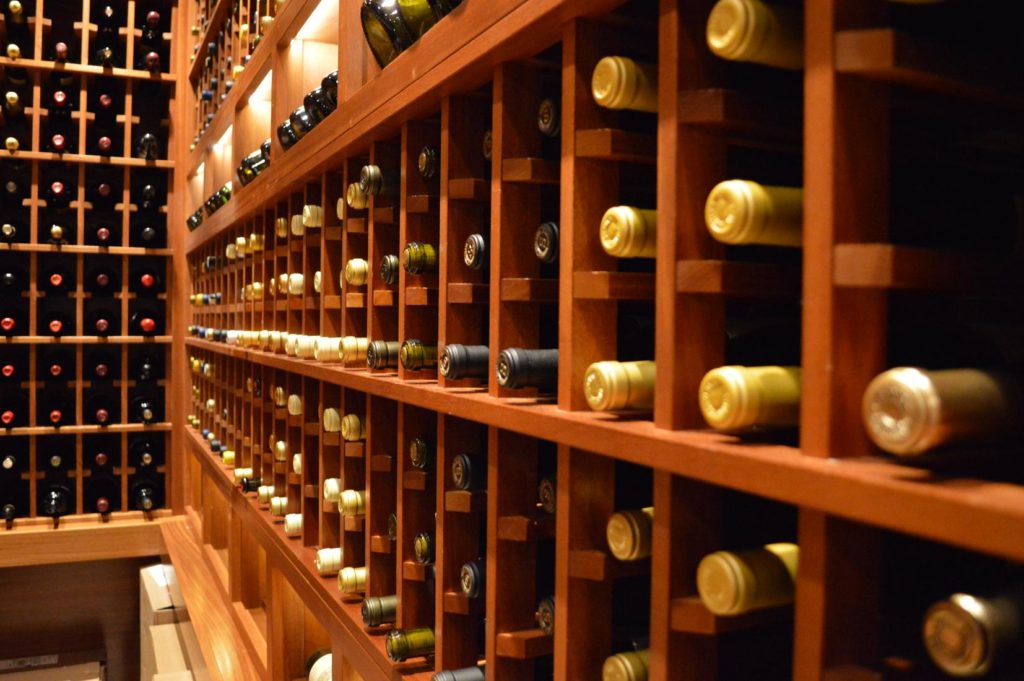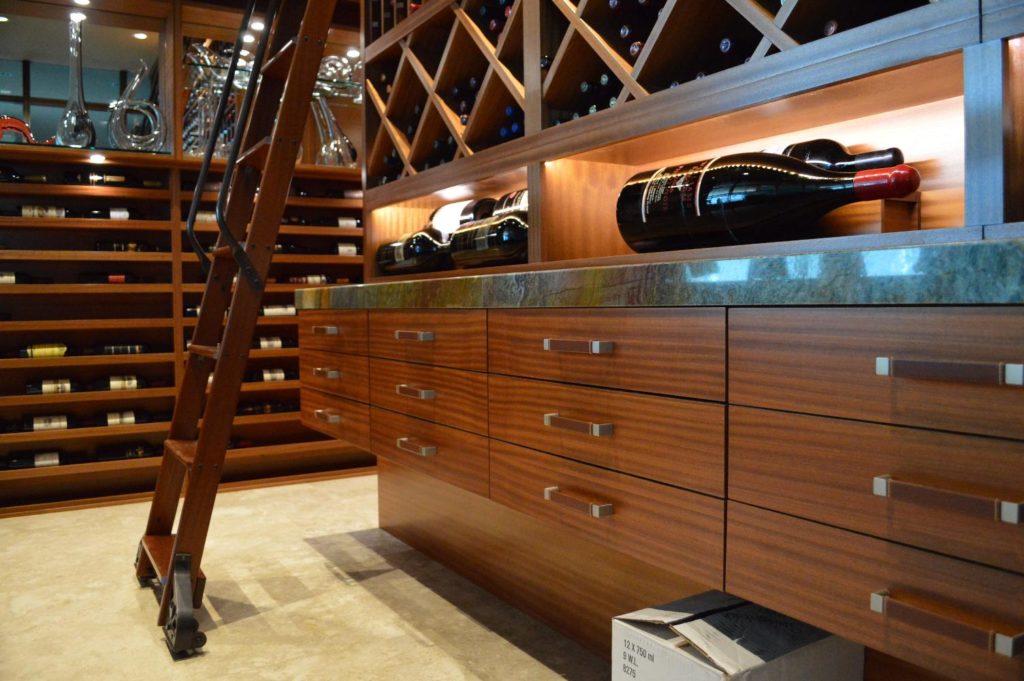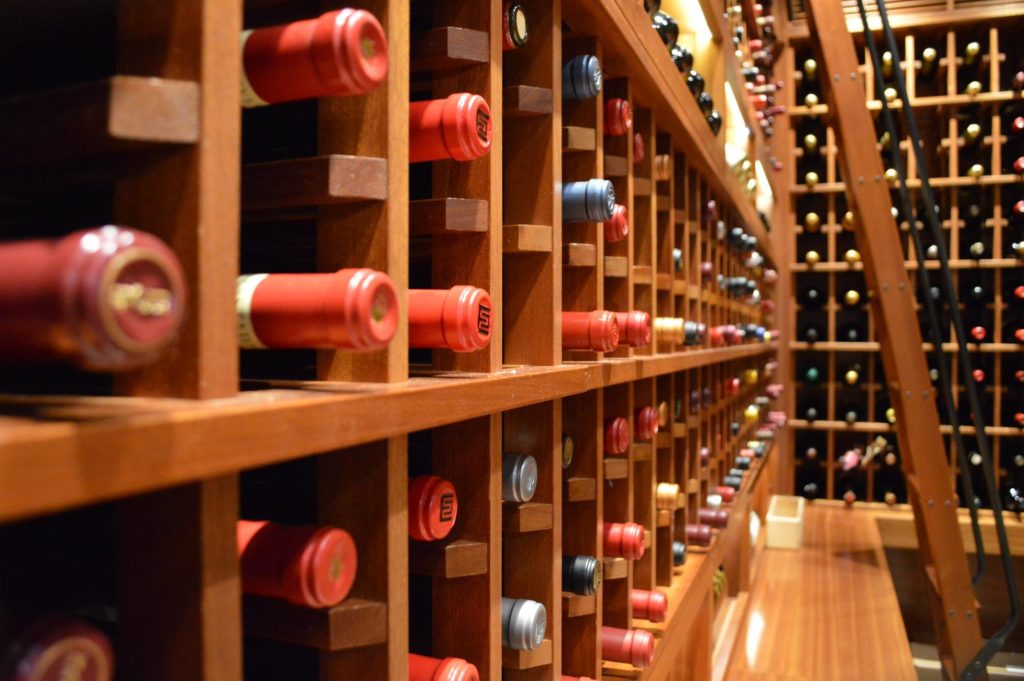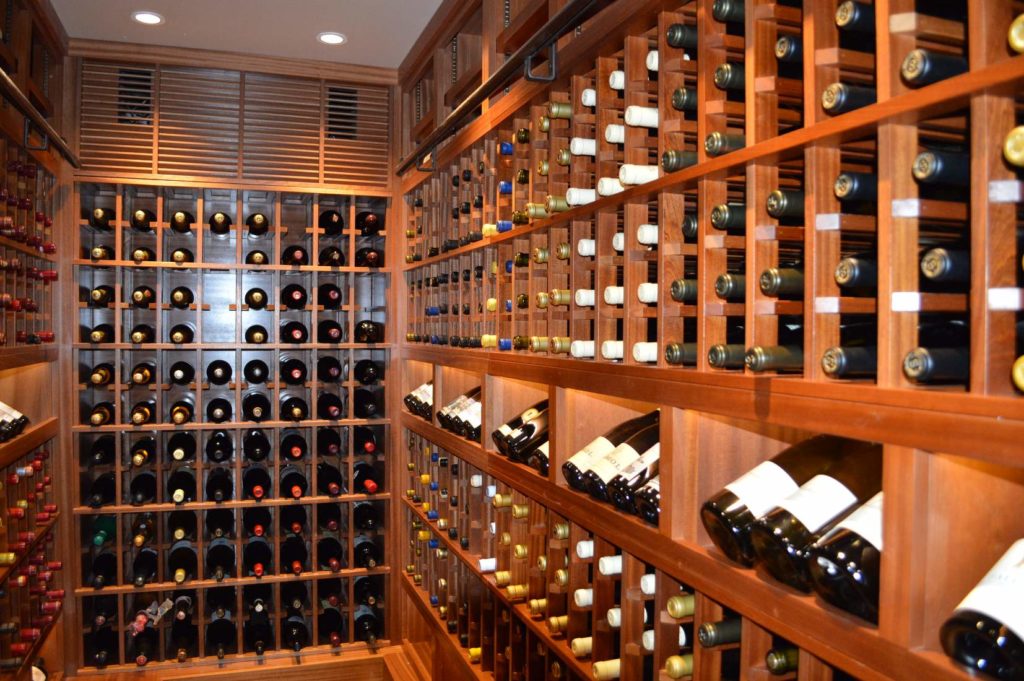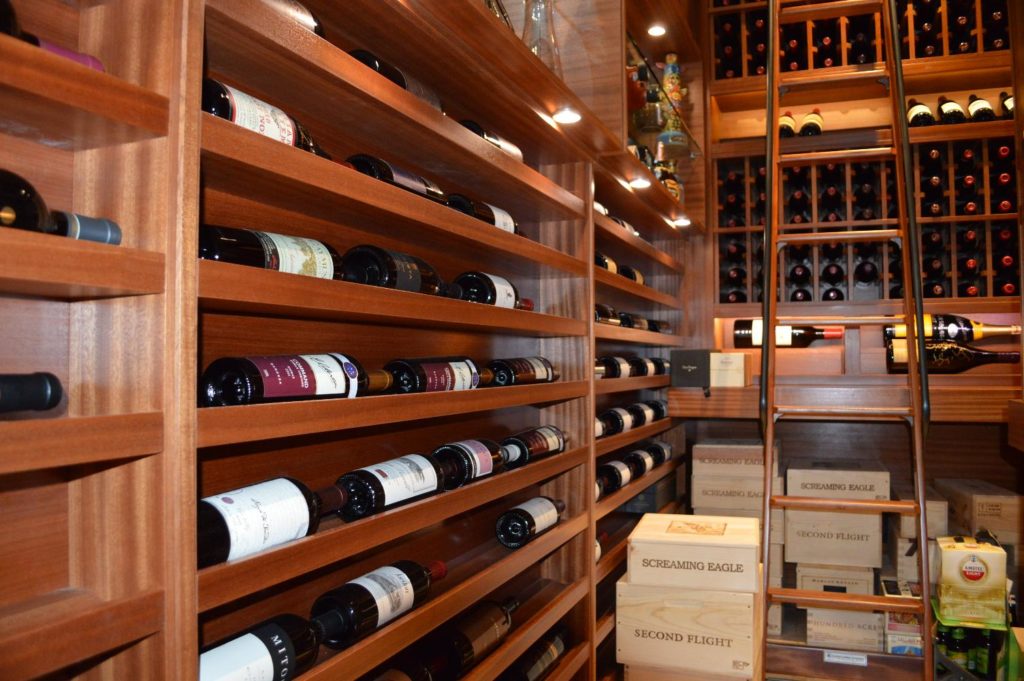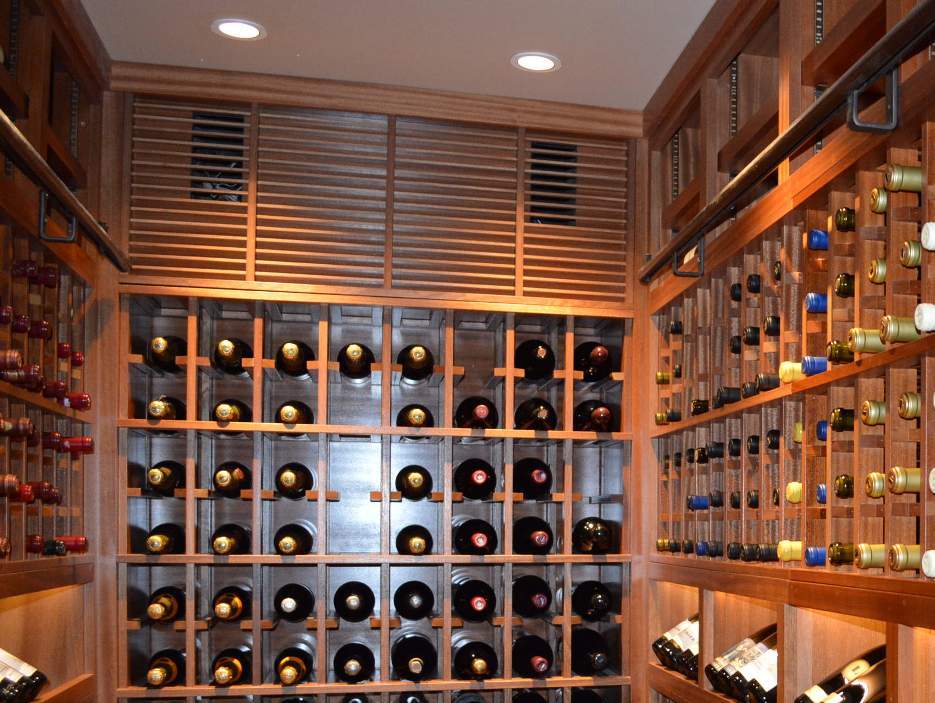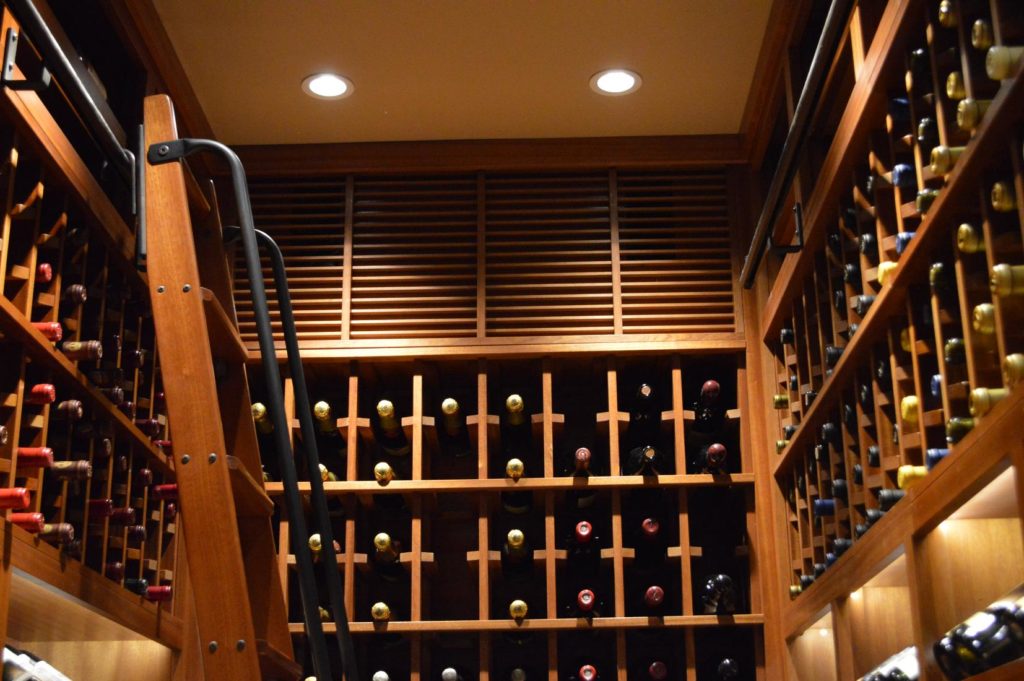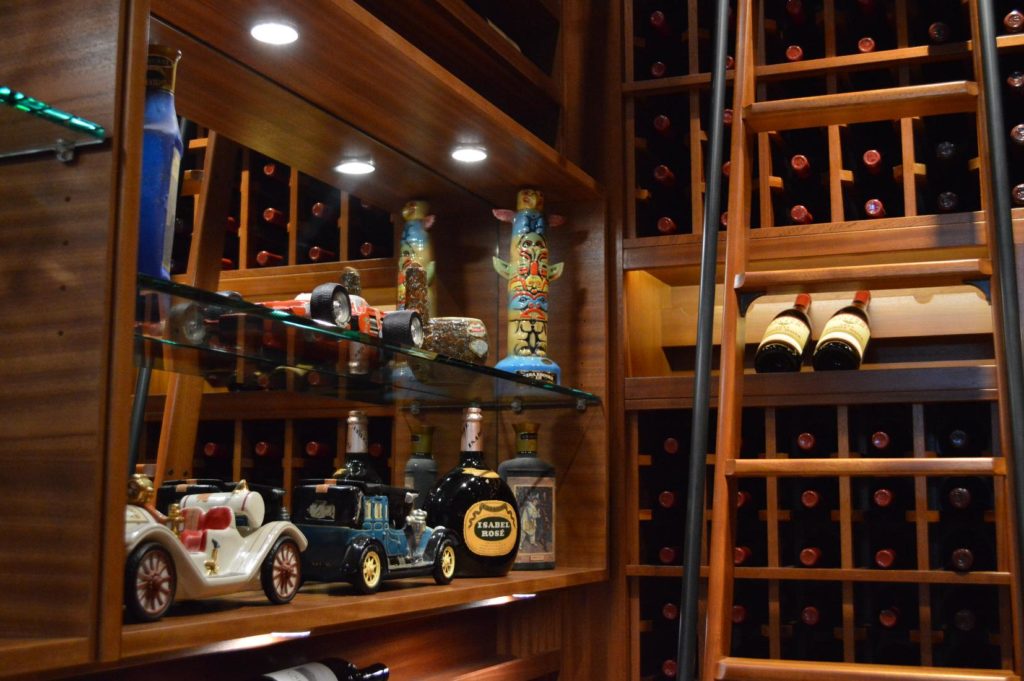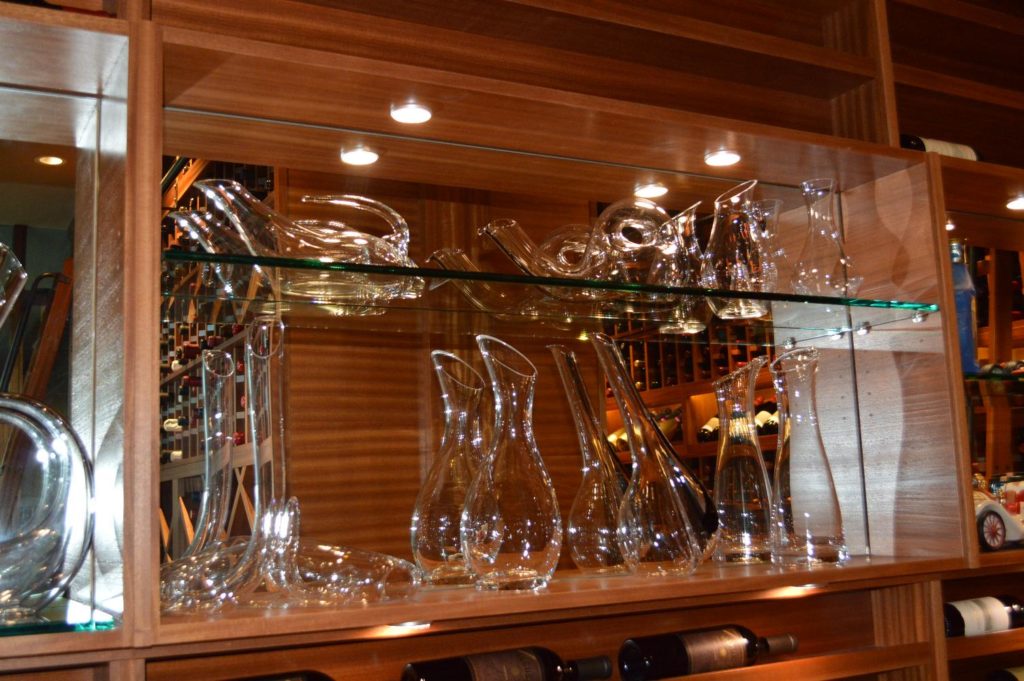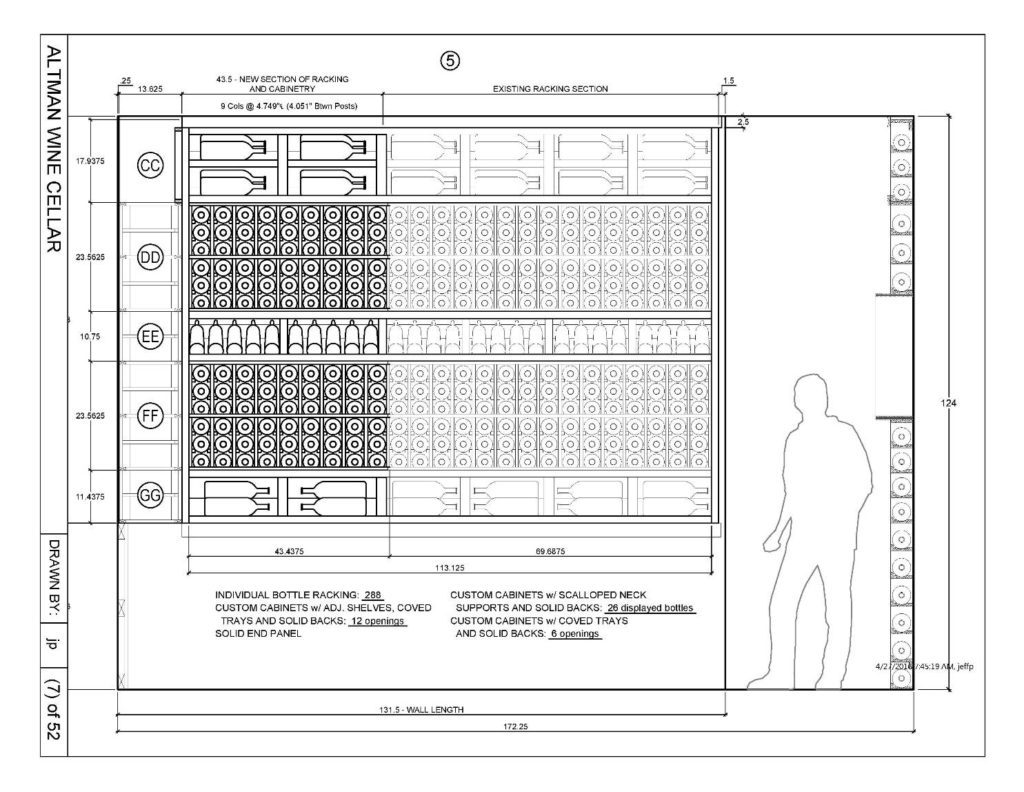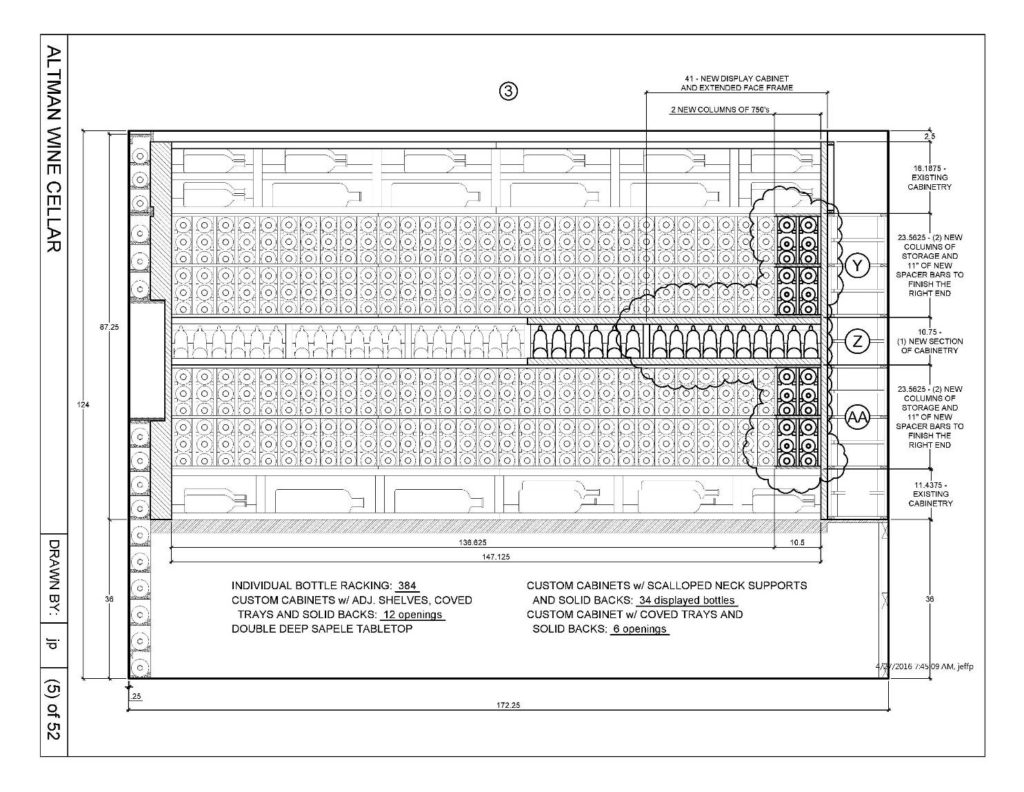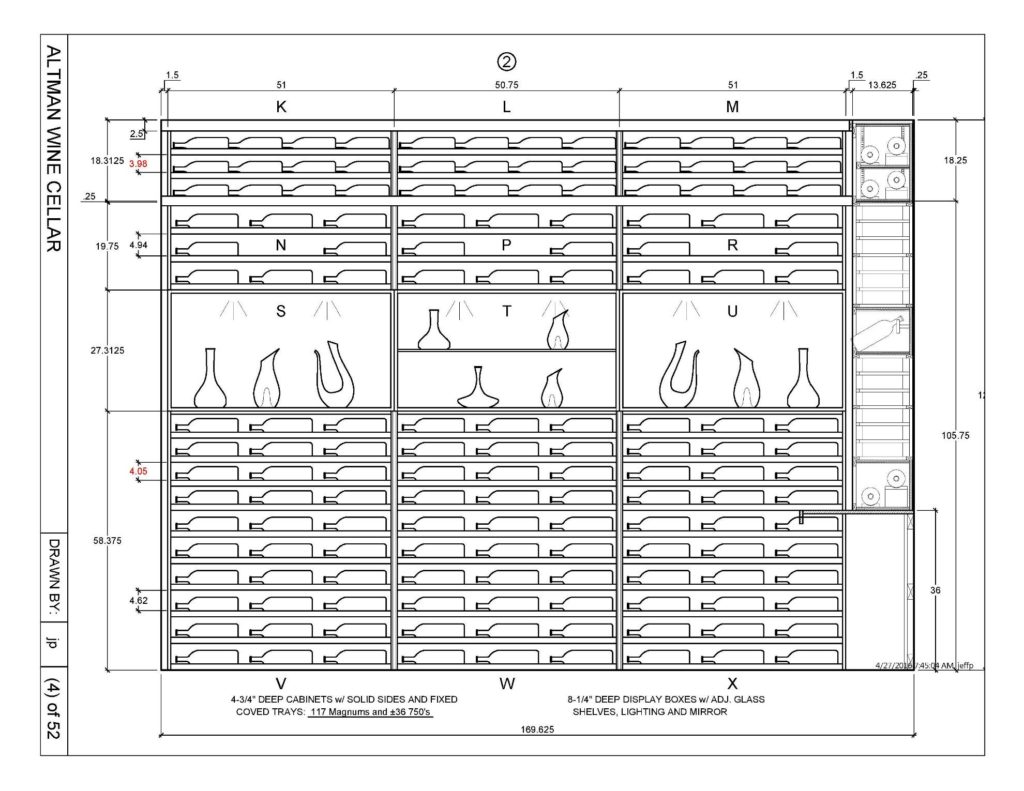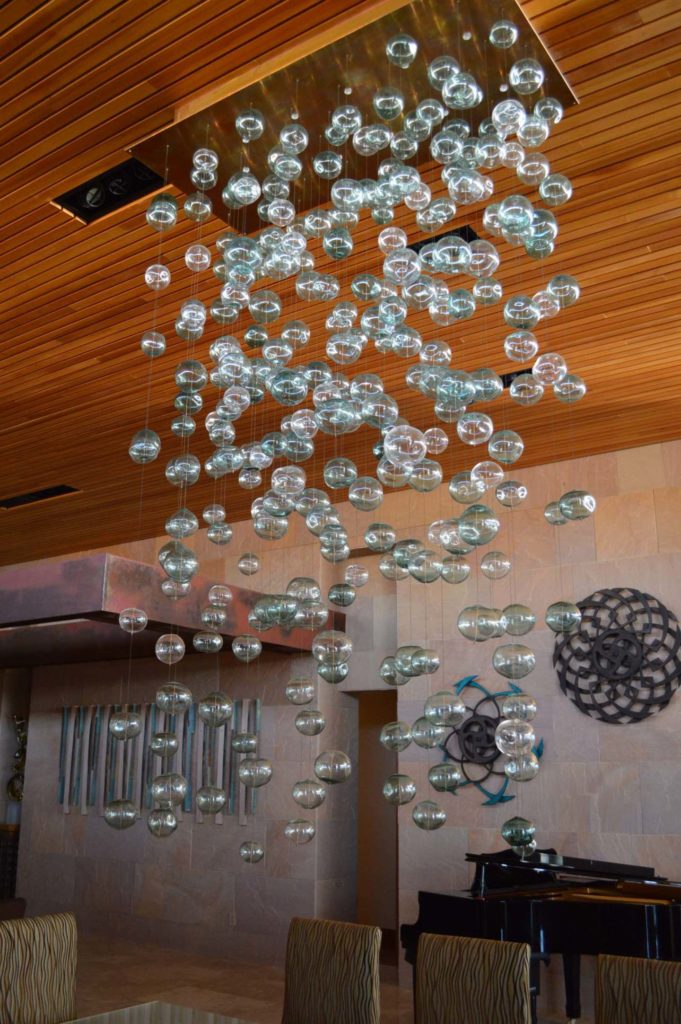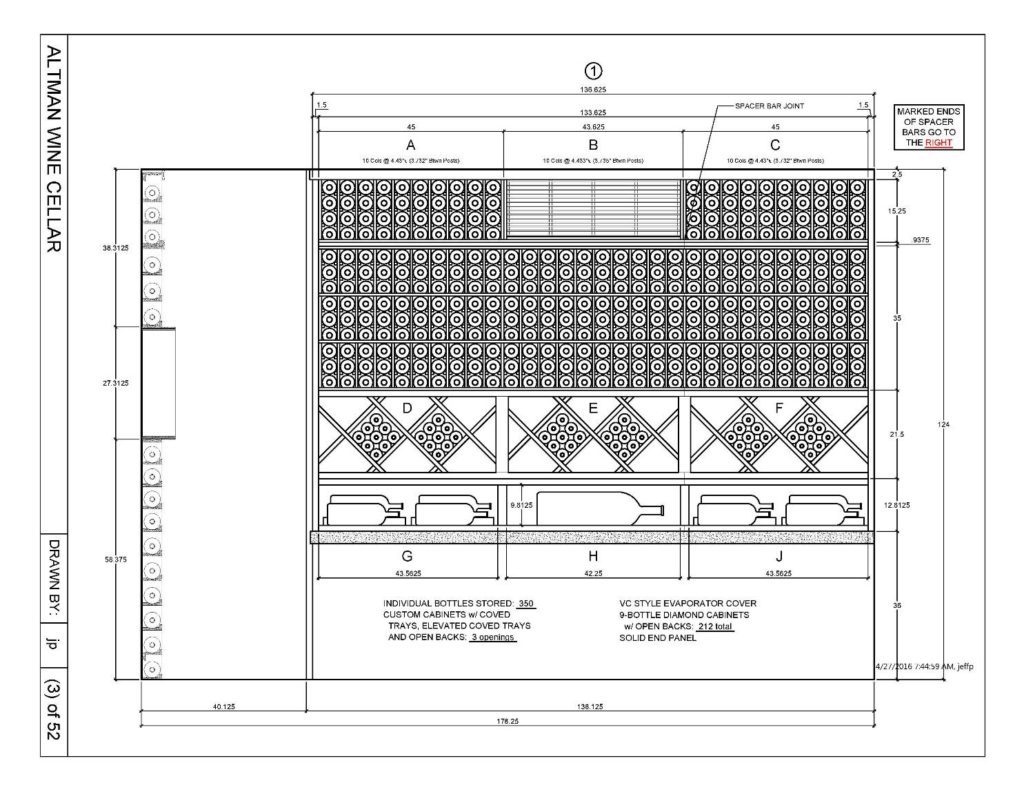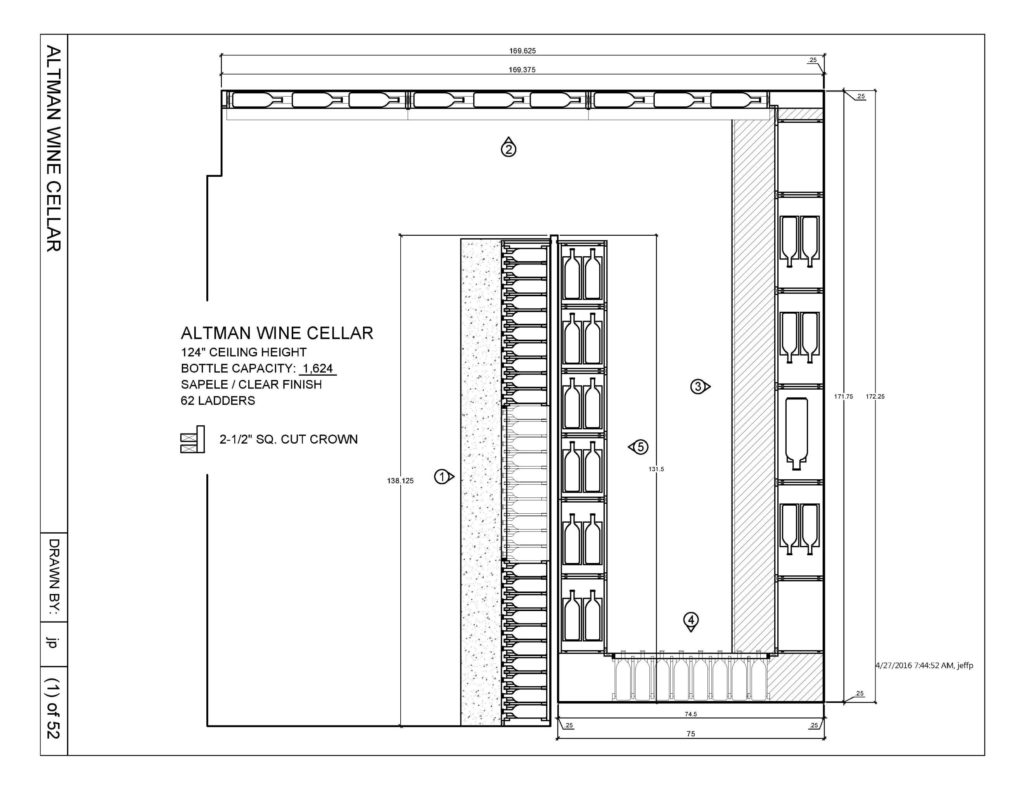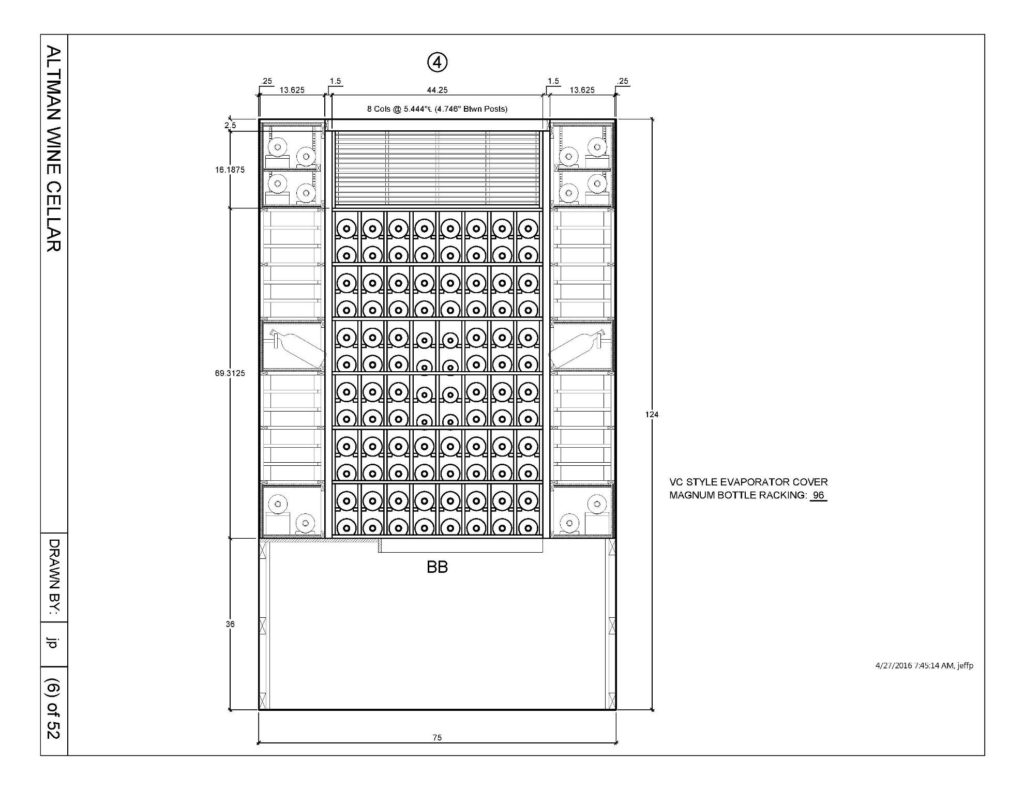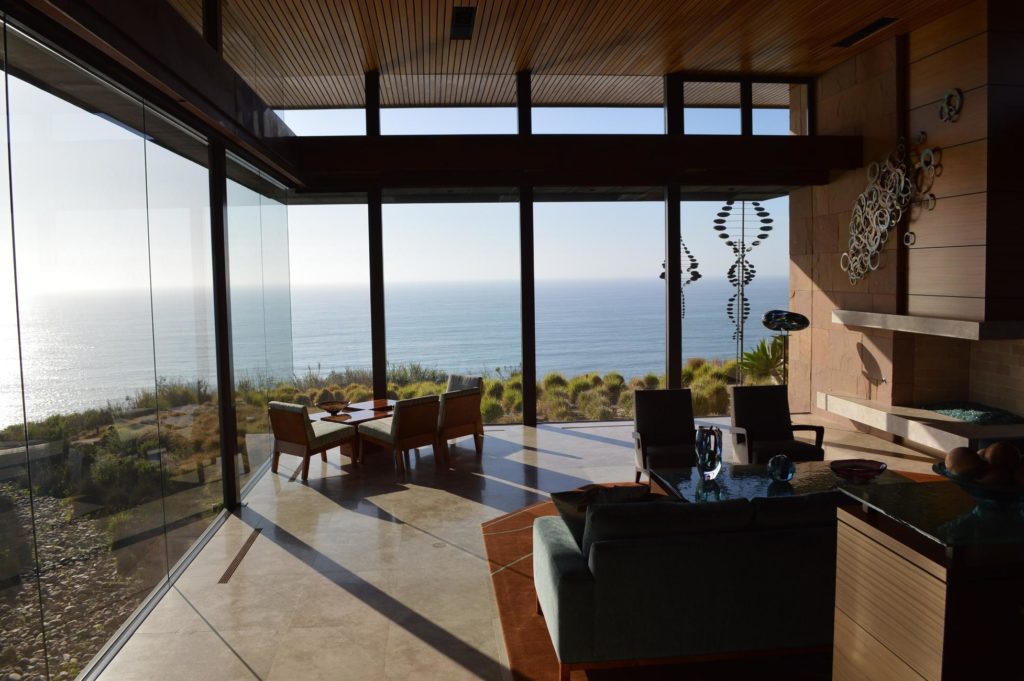Astounding Design for a Custom Wine Cellar Extension Project in Houston
Contents
- 1Wine Cellar Extension Project Successfully Completed
- 1.1Exterior View Architectural Requirements of the Wine Cellar
- 2Vital Elements in Building a Safe Wine Cellar
- 2.1Proper Insulation Will Keep Wines and Cellar Safe
- 2.1.1Insulating the Walls and Ceiling
- 2.1.2Wine Cellar Door Insulation
- 3New Wine Racks Added to Increase the Storage Capacity of the Custom Wine Cellars in Houston
- 3.1Right Wall
- 3.2Left Wall
- 3.3Third Wall
- 4An Expert Will Build Your Dream Wine Cellar
- 4.1View more photos of the project below:
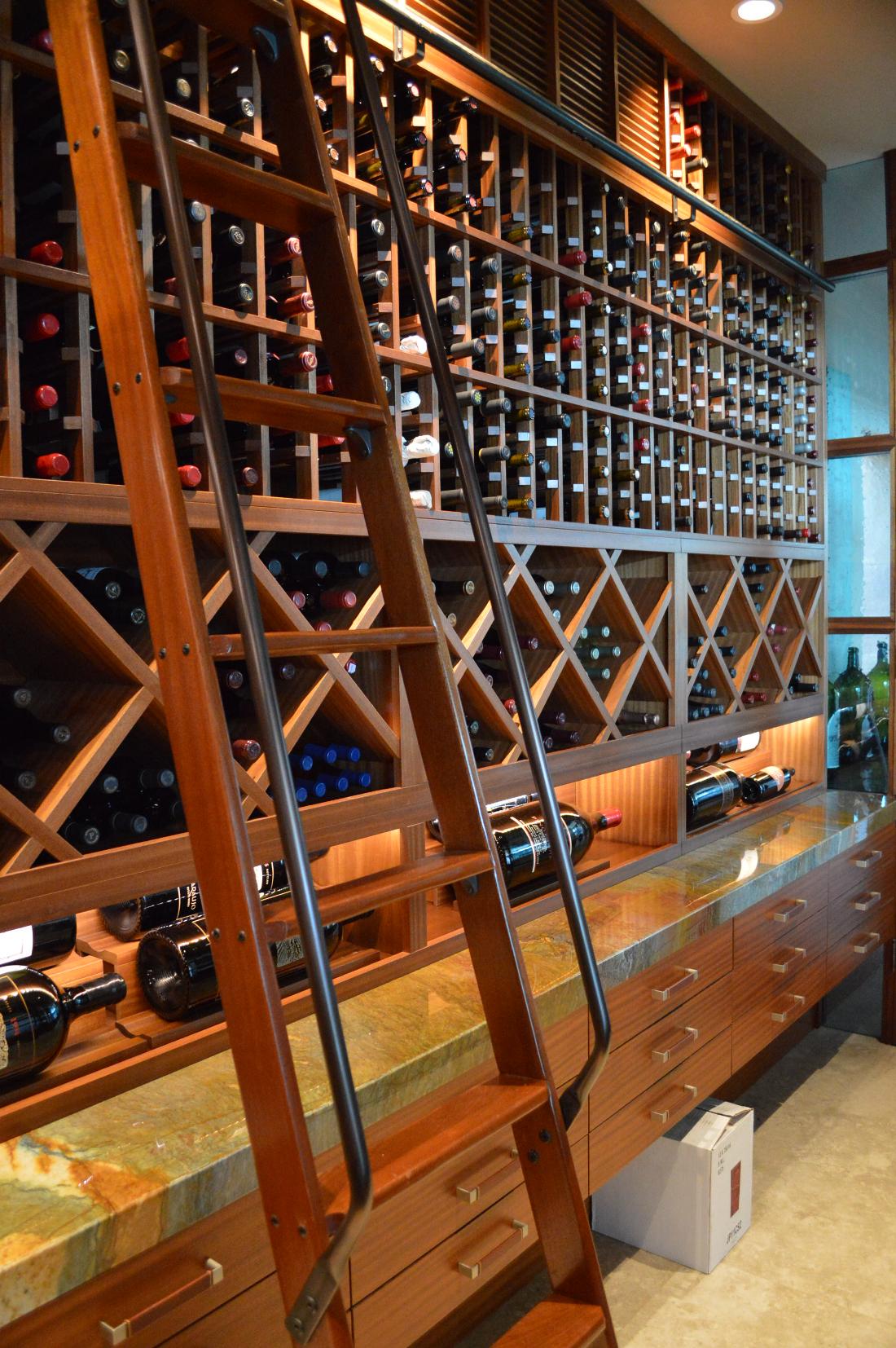
Challenging requirements in building a residential wine cellar will not stop an expert in creating an effective and magnificent design. A homeowner in Houston wanted to build an extension for his existing wine room because of his growing collection. Find out how he was impressed with how Vintage Cellars completed the project.
Wine Cellar Extension Project Successfully Completed
In Houston, a wine collector had an existing wine cellar in his home. Vintage Cellars, one of the most reliable builders the United States, built it in 2008. In 2013, the client sought their help again. They had to double the size of the wine room.
The owner laid out his specific requirements for the extension project. With their creativity and passion for building wine rooms, Vintage Cellars was able to come up with an efficient wine storage solution.
Exterior View Architectural Requirements of the Wine Cellar
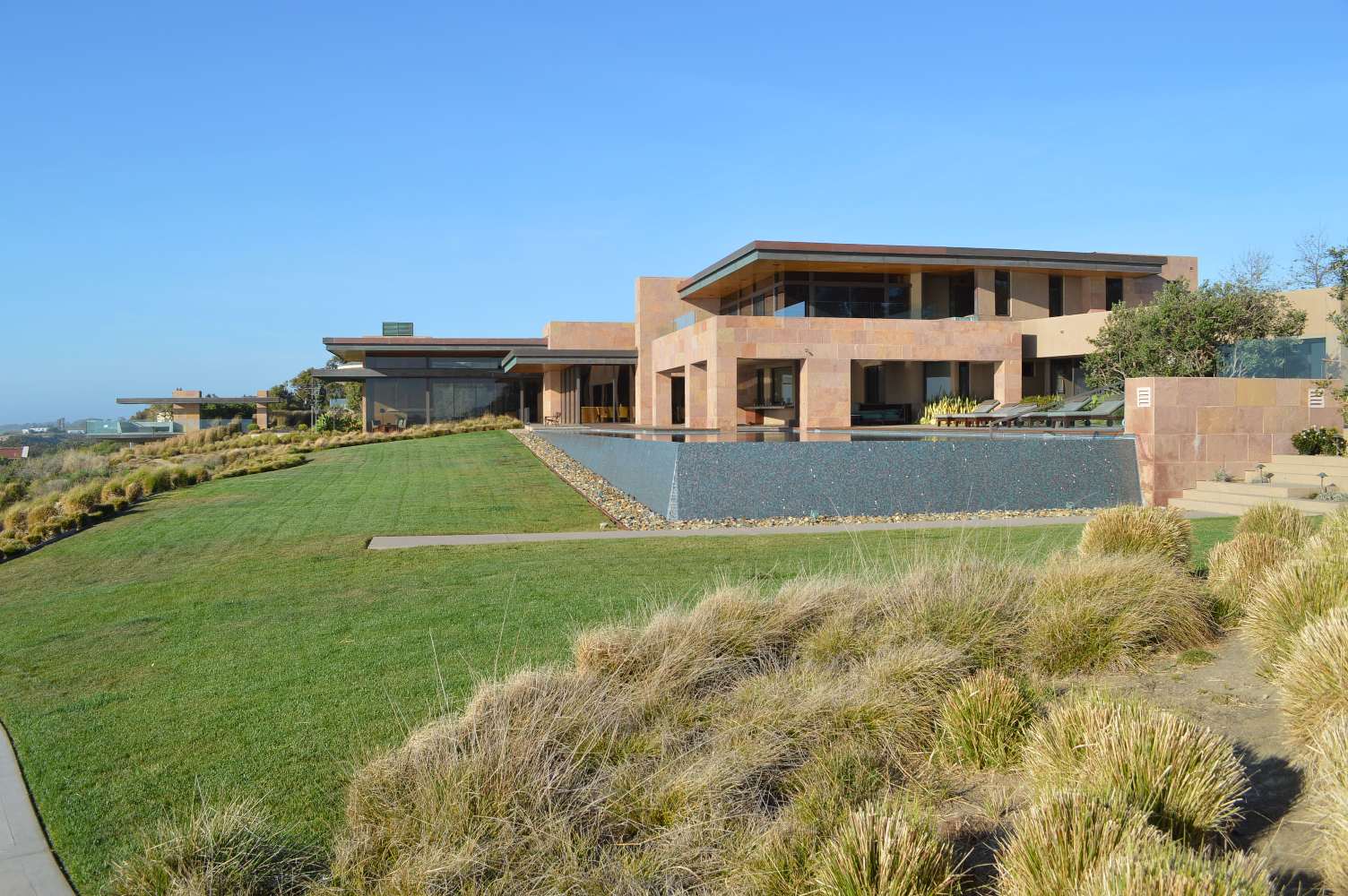
The home had many rooms with ocean views. The owner did not want to lose the relaxing view from each of these rooms. Vintage Cellars made sure that everything was in their proper places so as not to affect the physical appearance of the house. They placed the two condensers in an area where they were hidden.
They concealed the ventilation grills for the hot air exhaust inside the condenser. To maintain a clean look, Vintage Cellars placed the French drain in a planter located on one side. This allowed line sets to be concealed inside.
Vital Elements in Building a Safe Wine Cellar
Wine will not last if stored in a poorly constructed room. To preserve the desirable characteristics of the wine, it must be kept in an area where the conditions are stable. Vintage Cellars care for their client’s wines, so they always make sure that the room’s walls, ceiling, and door have the proper amount of insulation. Additionally, they also install an efficient wine cooling system.
Proper Insulation Will Keep Wines and Cellar Safe
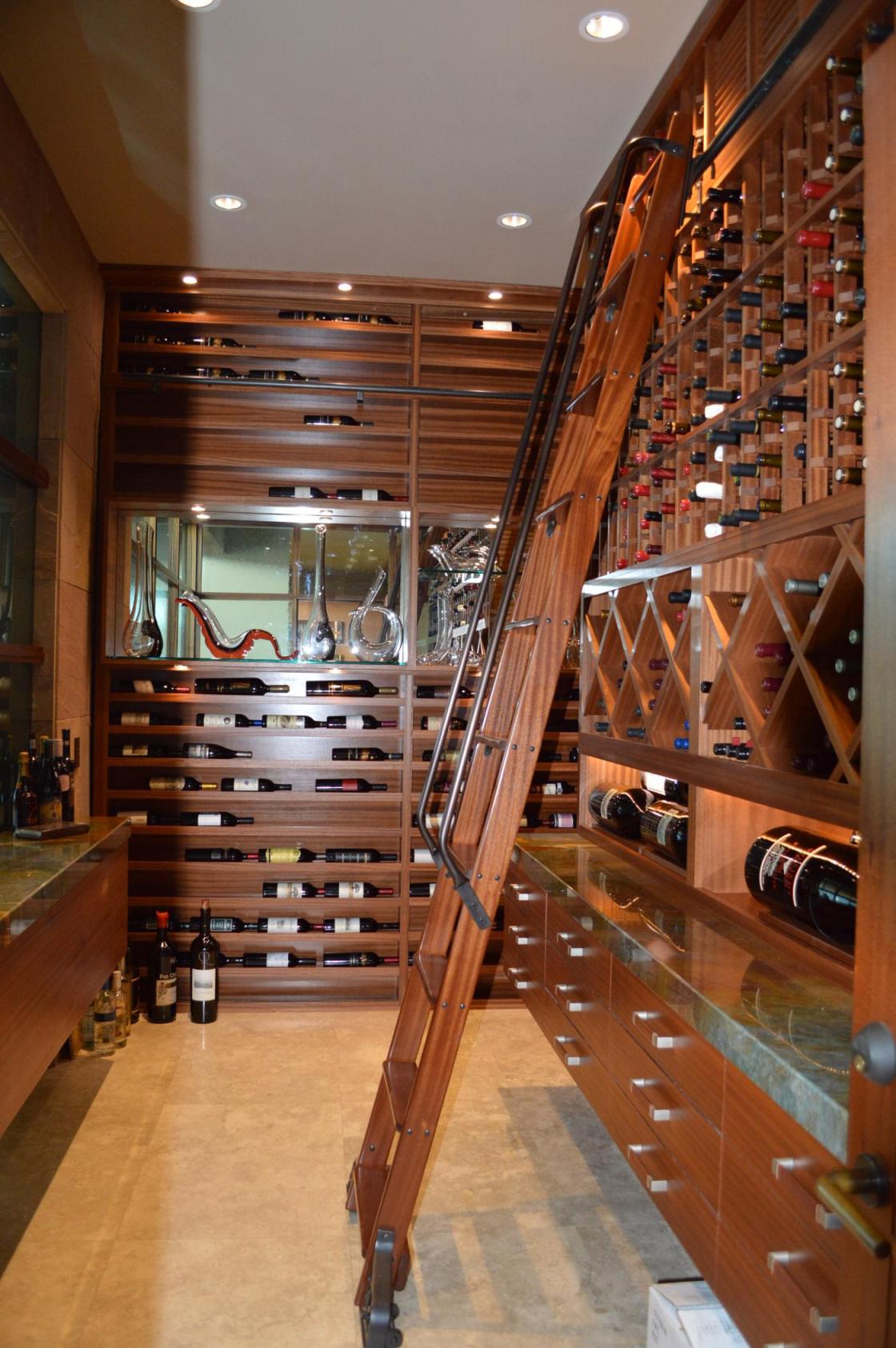
Wine rooms that are cooled by a refrigeration unit must have the correct amount of insulation to ensure that there is no air leaking to and from the cellar. Insulating the walls, ceiling, and door will help stabilize the conditions in the cellar, essential for long-term wine storage.
Without the proper seal, there will be temperature fluctuations and variable humidity levels in your wine cellar, which will have a negative effect on the wine’s flavor and aroma. Wine oxidation will occur if the cork shrinks due to too much heat in the room. An oxidized wine tastes like stewed fruit or burnt marshmallow. It also has a brownish or brick orange color.
Insulating the Walls and Ceiling
On this custom wine cellar expansion project in Houston, Vintage Cellars used closed-cell spray foam insulation (5 inches), which can act both as a vapor barrier and as an insulator.
Since the walls and the ceiling are thick, Vintage Cellars must use an insulation with higher R-value (7.7 per inch). The higher the insulation value, the better the cooling process will be in the cellar. It will also save you money in the end because the higher insulation value will not force your cooling unit to work correctly.
Wine Cellar Door Insulation
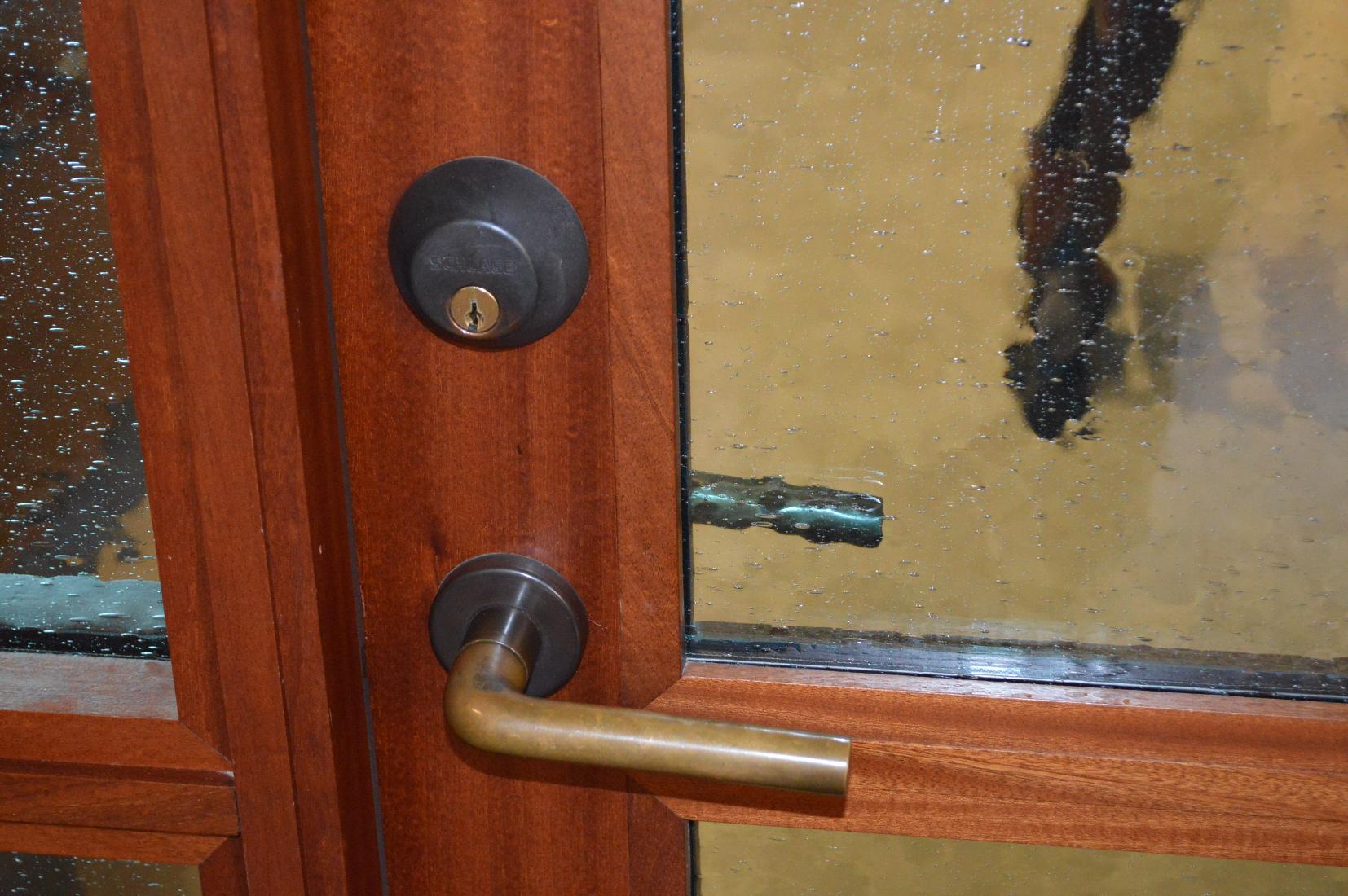
In addition to the walls and ceiling, the door must also have the correct amount of insulation and must have sealing components to ensure that the perfect wine cellar environment is achieved.
Vintage Cellars uses only exterior grade doors, with 1 ¾” thickness, so they are less prone to warping in humid conditions, which are found in climate-controlled wine rooms.
They also equip each wine cellar door with sealing components to prevent air leakage. For doors with glass panels, they use thermally insulated glass to prevent condensation, which can damage wine.
New Wine Racks Added to Increase the Storage Capacity of the Custom Wine Cellars in Houston
Since the client’s collection was growing, he wanted to increase the storage capacity of his existing wine room. Vintage Cellars opened up a couple of spaces to meet the owner’s requirements. The entire racking was constructed from Sapele Mahogany, a durable and scent-free wood.
Right Wall
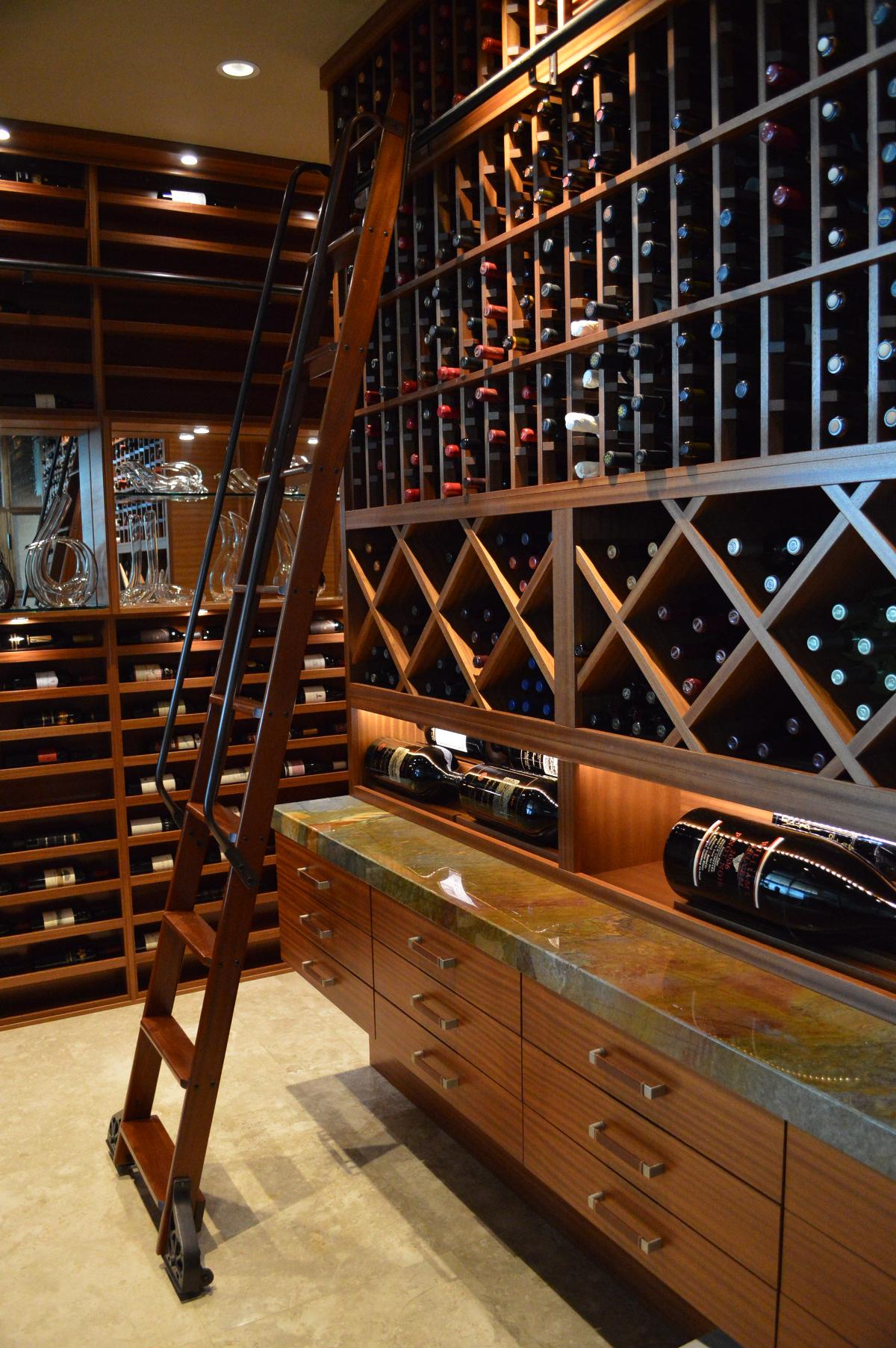
On the first racking (right wall as you enter the cellar), the existing racking consists of bottle openings for individual storage (top section) and diamond bins in the bottom (middle section).
Below the diamond bins, Vintage Cellars added racking with openings intended for large format bottles (as big as 9 liters). Each opening has two coved trays arranged in cascading heights.
Vintage Cellars removed the vertical supports and placed the beam supports across so the unit can bear the weight. The whole racking in the right wall has a solid end panel for added structural stability.
Left Wall
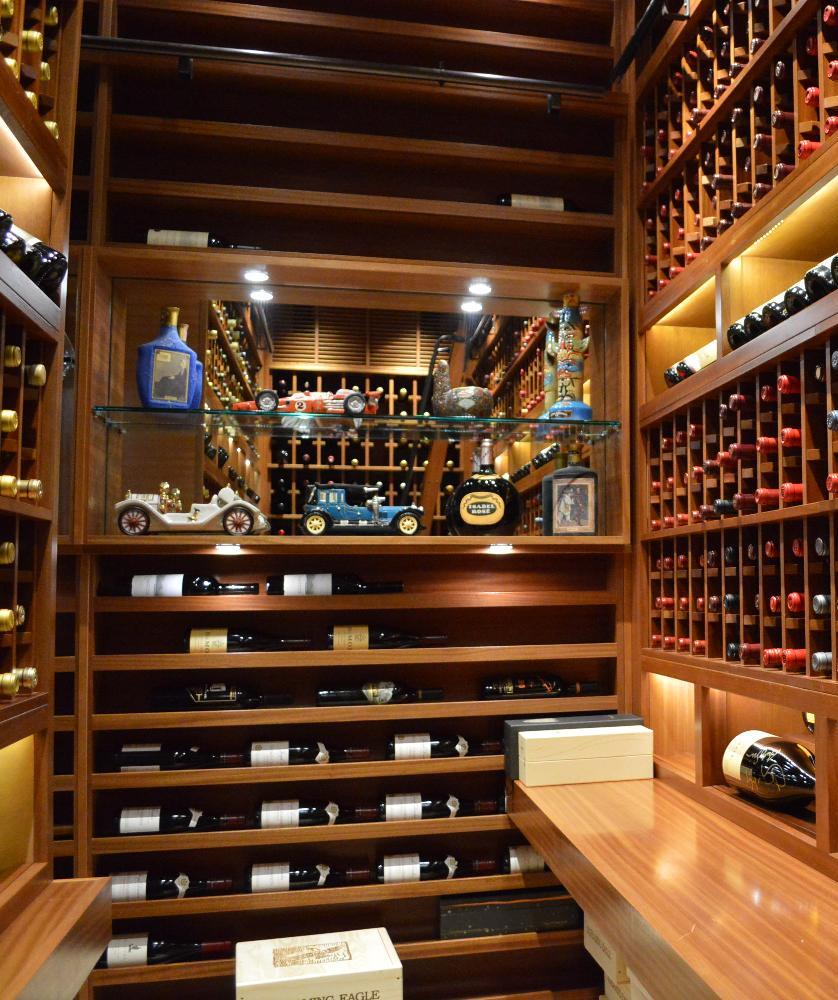
Before going into the other area of the custom wine cellar built in a Houston home, you will pass by the left wall, which is considered the focal point of the wine room because of the horizontal theme of the design.
Vintage Cellars incorporated label-forward wine racks, which display the bottles with the labels facing out. These horizontal wine racks can store both standard and large formal bottles. They also provided a place for the client’s mini car collection, wine accouterments, and elegant decanters. This wine rack is 8 ¼” deep with beautiful lighting fixtures and a mirror at the back.
Third Wall
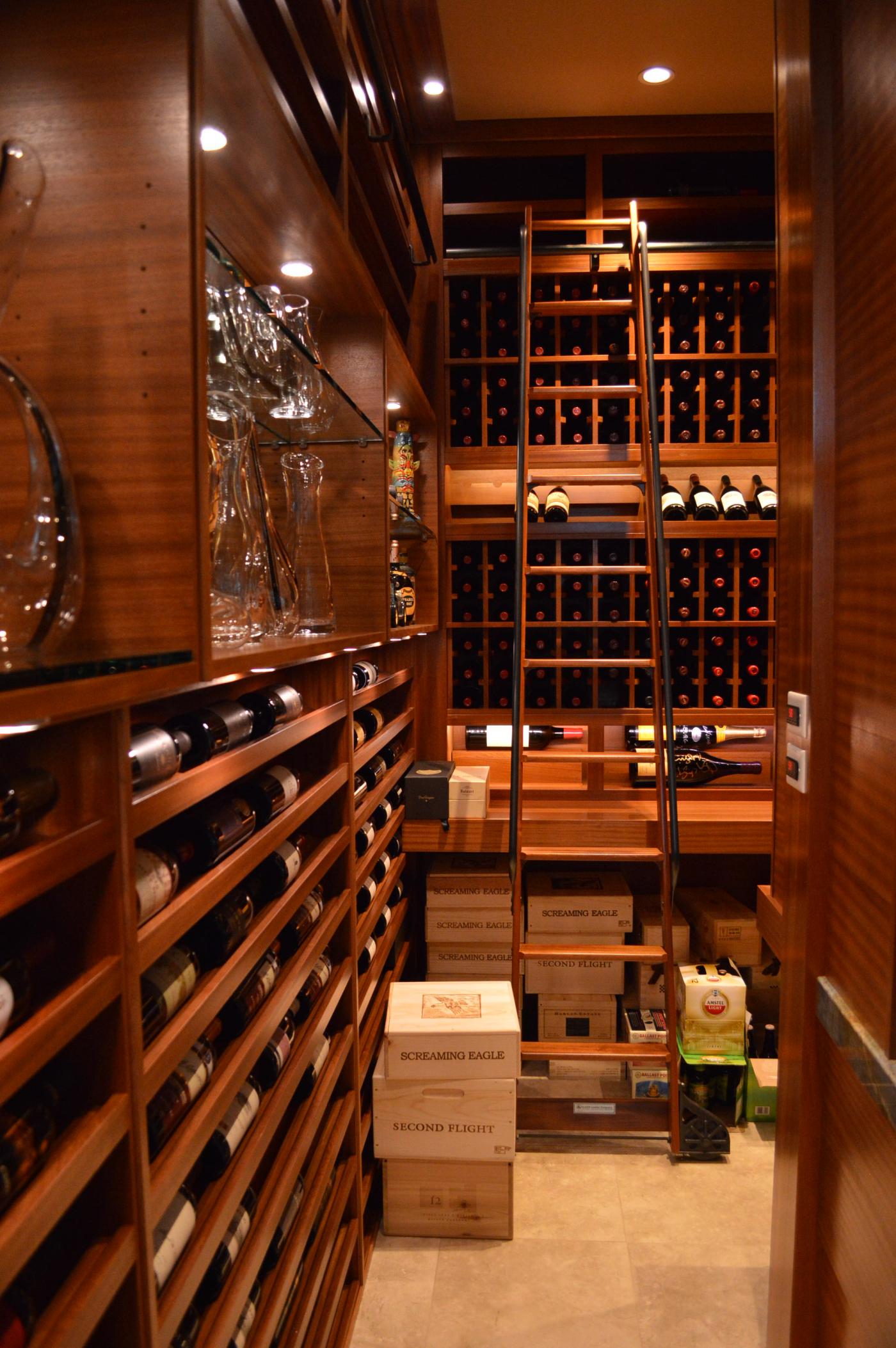
In the third wall, the racking already had 6 solid backs and 12 coved trays. To increase the storage capacity, Vintage Cellars added custom cabinets with scalloped neck supports. They decided to install large steel supports below the double-deep shelf so the entire racking could bear the heavy load.
The owner usually buys wines in bulk. Vintage Cellars had to find a place for the wine boxes, so they would not occupy the front area of the cellar. There was a wide space below the shelf. They utilized it for organizing the boxes. Every time the client receives wine deliveries, he simply needs to slide the boxes under the shelf.
An Expert Will Build Your Dream Wine Cellar
Challenges are common in wine room constructions. However, when you work with an expert, your dream wine cellar will become a reality. Custom Wine Cellars Houston will design and install the perfect wine display area for your collection. Contact them today at +1 (972) 454-0480.
View more photos of the project below:












